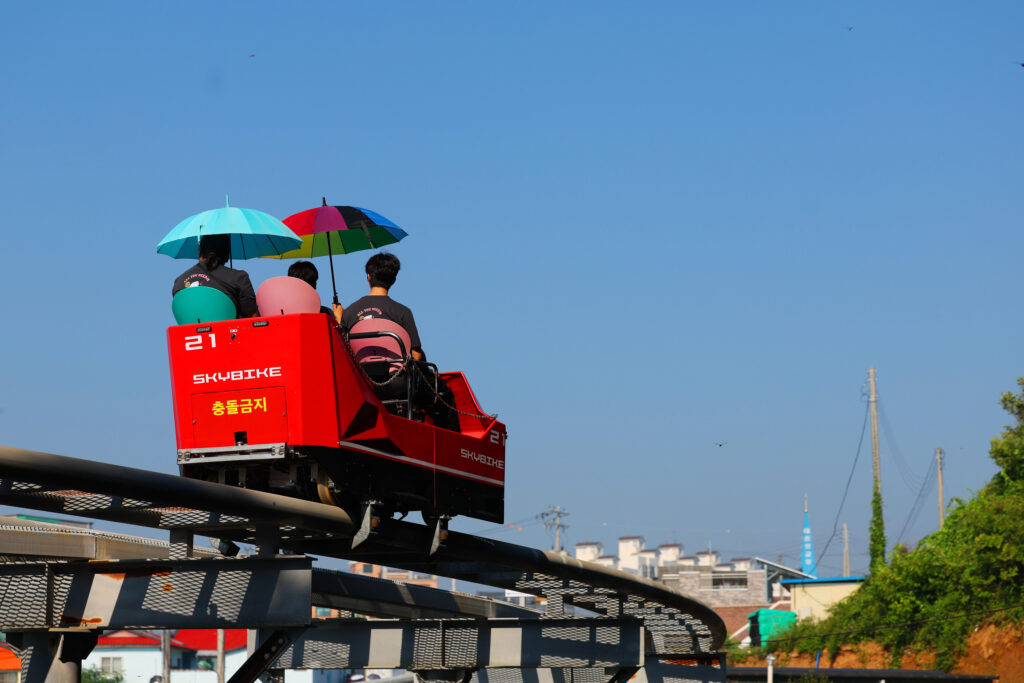The Peninsula
Recalibration in South Korea and the Indo-Pacific

KEI is pleased to launch its flagship online journal, Korea Policy. The spring/summer 2025 issue of Korea Policy (Volume 3, Issue 1) titled “Trump 2.0 and the Indo-Pacific Recalibration” is available now by clicking here.
The challenges facing the Lee Jae Myung administration arise from three different sources, each operating on different timelines. The first is domestic. The new government brings different policy priorities to the presidential office, but will also need to repair the damage from former President Yoon Suk Yeol’s declaration of martial law. The prolonged political transition bought South Korea some breathing room on the international front, as its diplomatic partners recognized the constraints of dealing with an interim government. But the pressures that now fall on the Lee administration are not just international; it will need to restore comity among contending parties at home and to address rising political polarization.
A second cluster of issues arises from the election of Donald Trump and the profound departure he brings to the conduct of U.S. foreign policy. To date, these departures have centered largely on the economic front and how South Korea will respond to demands regarding trade, investment, and the bilateral deficit. Yet, as the contributions to the first part of this volume show, the economic dimensions of South Korea’s relationship with the United States may be more tractable than the wider strategic consequences of the Trump presidency. It is harder and harder to discern the contours of the so-called rules-based international order. As of mid-2025, there is still substantial uncertainty about how the United States will deal with China, how it ultimately conceives of the relationship with its allies in the Indo-Pacific, and whether it will engage with the region as intensely as hawkish voices within the administration have promised.
Finally, South Korea faces several long-standing and enduring issues. These include the stubbornness of the North Korean threat and how much effort to devote to addressing the challenge given its intractability. In addition to this long-standing strategic dilemma, however, there are structural factors operating over longer time frames. Two in particular stand out. South Korea is clearly an advanced industrial state, but as such, it must contend with the inevitable slowdown of economic growth as it enters the technological frontier. In addition, South Korea’s demographic crisis lies at the extreme end of the global decline in birth rates and raises existential concerns over the long run. How deeply could the population—and total economic output—contract? How should we think about the strategic implications of such radical population decline?
Korea Policy (Volume 3, Issue 1) addresses these problems in two steps. South Korea is hardly alone in facing the uncertainties of the new Trump administration. Moreover, it is impossible to consider South Korea’s response to Trump’s foreign policy without considering how other countries might also respond, given that they constitute important partners for South Korea as well.
In the first part of the volume, we pose the issue in terms of a recalibration in the Indo-Pacific, considering both South Korea’s response (Kuyoun Chung) and the response of other major players: Japan (Sayuri Romei), Australia (John Blaxland), ASEAN (Joseph Chinyong Liow and To Minh Son), and Vietnam (Bich Tran). This regional focus is not only useful for comparative purposes but also for what South Korea might learn from developments elsewhere in the region. The wider lens also raises questions about how U.S. allies and partners may be looking at one another—as well as China—in managing the disruption of the second Trump presidency. What opportunities might arise for closer coordination?
In the second part of the volume, we consider South Korea’s more enduring policy challenges, starting with the North Korea problem (Christopher Green). The volume then turns to how the country might manage slower growth and declining birth rates. What might a new industrial policy look like (Sunhyung Lee)? And are there alternatives to the failed pronatalist policies that South Korea and many other countries have pursued up until now (Darcie Draudt-Véjares)?
This collection of essays starts with common challenges posed by the Trump administration’s emerging Asia policy, primarily its current preoccupation with tariffs and alliance burden-sharing. The essays grapple with how countries across the region will position themselves between new U.S. demands, the ongoing gravitational pull exerted by China, and the prospects for heightened geostrategic tensions. Yet the pieces on industrial policy and demographics are a reminder of the underlying sources of national power and the difficulty of forging wider grand strategies oriented toward the medium- and longer-run. Achieving a modicum of autonomy requires not only deft diplomacy but also the capacity to address complex issues such as spurring innovation and managing demographic change, which directly impinge on national capabilities.
Stephan Haggard is a member of the Board of Directors at the Korea Economic Institute of America and the Lawrence and Sallye Krause Distinguished Professor at the School of Global Policy and Strategy at UC San Diego. He also serves as the university’s director of the Korea-Pacific Program. The views expressed here are the author’s alone.
Photo from the South Korean government’s official Flickr.
KEI is registered under the FARA as an agent of the Korea Institute for International Economic Policy, a public corporation established by the government of the Republic of Korea. Additional information is available at the Department of Justice, Washington, D.C.
